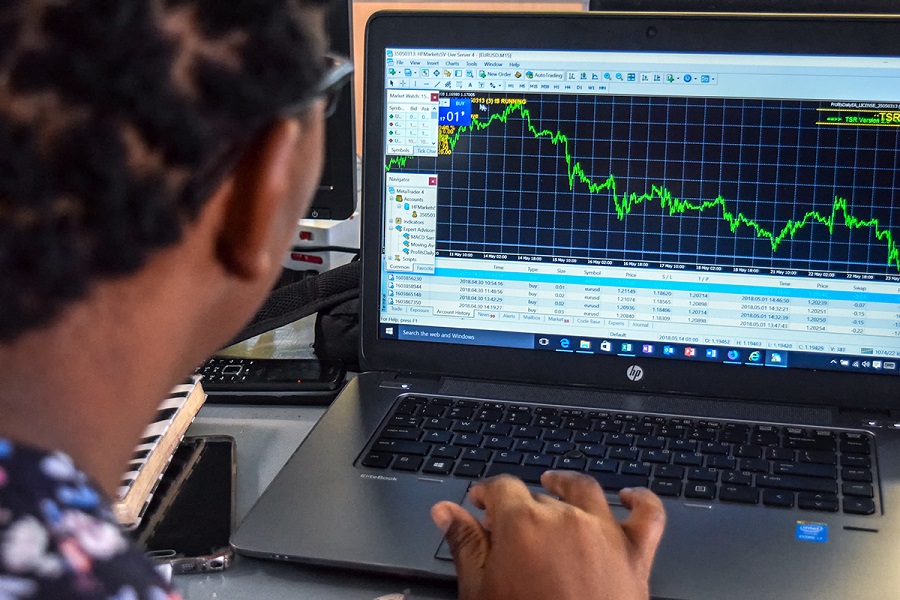The most successful traders refine their abilities through practice and discipline.
They also engage in self-reflection to understand the motivations behind their trades and develop strategies to prevent emotions like fear and greed from influencing their decisions.
Having a trading plan is crucial for any trader, especially when it comes to entering the highly liquid trading market. Below, you will find some forex trading tips for you to consider prior to starting trading.
Goals and trading style
Prior to embarking on any endeavour, it is crucial to have a clear understanding of your desired goals and the steps you will take to achieve hem. It is crucial to have well-defined objectives and ensure that your trading strategy is capable of attaining them. Every trading style comes with its own unique risk profile, demanding a specific mind-set and strategy for successful trading.
Broker and trading platform
Selecting a trustworthy broker is crucial. Each broker’s policies and methods for creating a market must be understood. Trading in exchange-driven markets differs from trading in over-the-counter (OTC) or spot markets, for instance. Make sure the forex trading app or trading platform offered by your broker is what you need for what you want to do.
Trading hours
Forex markets are open 24/7 on weekdays. When daylight savings is observed internationally, the forex market commences with the Tokyo session at 12:00 a.m. on Monday and closes with the US session at 12:00 a.m. on Saturday in GMT+2. Trading hours start with Japanese and Australian equities markets in the east and terminate with US markets in the west.
Currency trading is usually busier while equity markets are open. Currency pair trades peak when regional market hours overlap. The EUR/USD may trade more as European exchanges close and US markets open.
Focus and small losses
The most crucial thing to keep in mind after funding your account is that your money is at risk. You should not use your regular living expenses. Look at your trading funds as travel funds. Your money is spent once the trip is over. Embrace trading with the same mindset. In order to effectively manage your risk, you will need to psychologically prepare yourself to tolerate minor losses.
Your methodology
As a trader, you must know how to decide which transactions to execute before you enter any market. To decide whether to enter or exit a transaction, you must be aware of the information you will require. To decide when to execute a trade, some traders prefer to keep an eye on the fundamentals and charts underpinning the economy. Some merely employ technical analysis. Whichever approach you decide on, make sure it is adaptable and consistent. Your system ought to adapt to a market’s shifting dynamics.
Entry and exit points
Conflicting information that appears while viewing charts for multiple periods confuses a lot of traders. On an intraday chart, what appears as a buy signal could also be a sell signal based on weekly chart analysis.
Thus, make sure you synchronise the two if you are utilising a daily chart for time entry and a weekly chart for your basic trading direction.
Manage your risk
Successful traders will seek to control their downside risk in the volatile forex market. Because no trader can be perfect all the time, positions can be managed with a stop-loss order in the event that the market moves against them.
An order to exit the market in the event that a trading position moves against the intended direction is known as a stop loss. These stop-loss orders can be automated, giving you the security of restricted risk protection for your market trade even while you’re not in front of your computer or smartphone.
The bottom line is that there are many steps you can take to maximise your profits. Trading is an art, and the only way to become increasingly proficient is through consistent and disciplined practice.



















